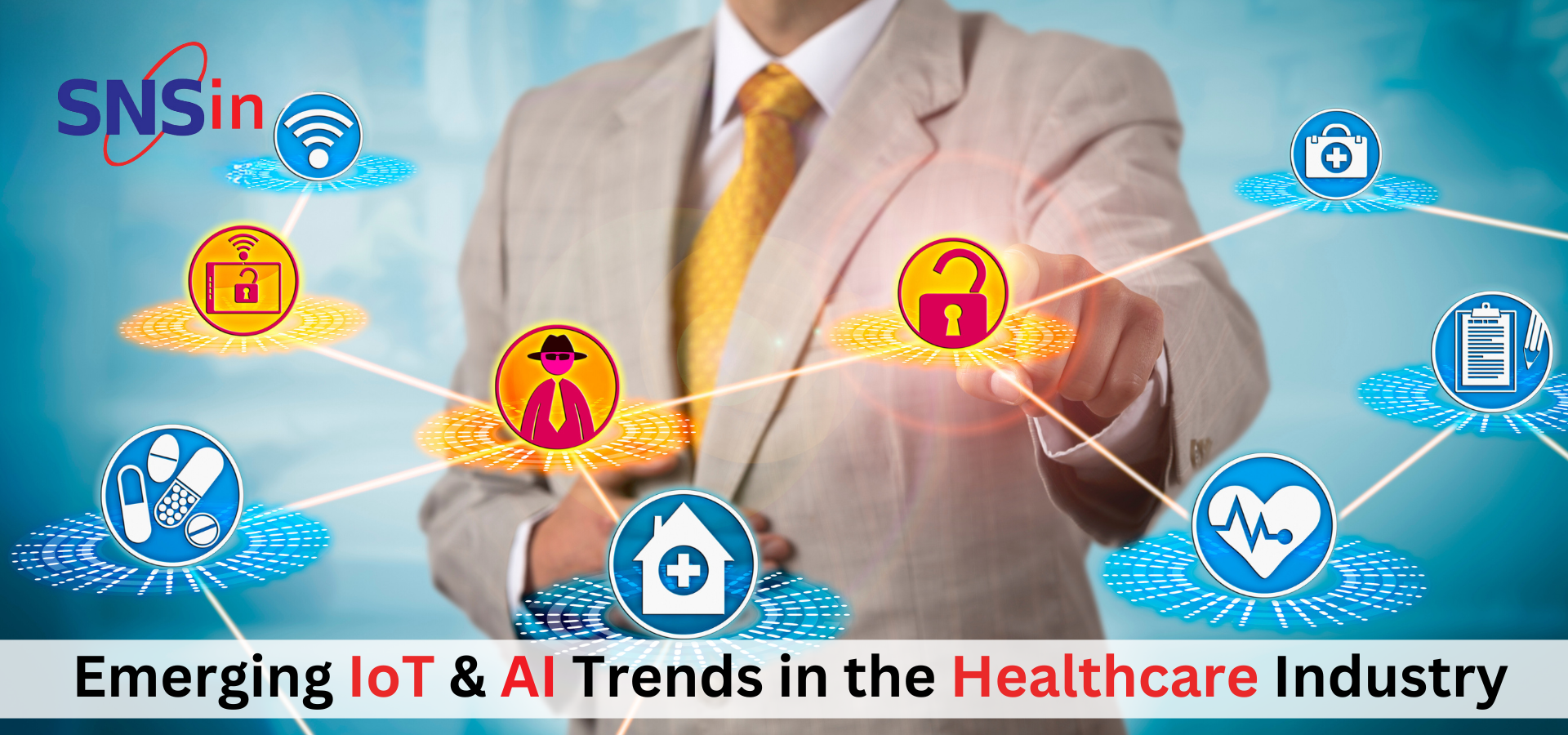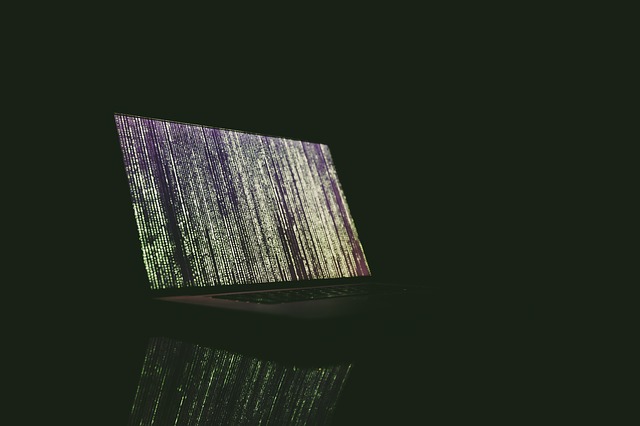Connected Healthcare and Remote Patient Monitoring IoT device integration paved the way for connected healthcare and remote patient monitoring. Real-time data on patients’ vital signs and activity levels are collected. They leverage IoT devices like smartwatches and sensor-equipped medical devices. Collective data gets transmitted to healthcare providers. Thus, enabling continuous monitoring of patients outside the confines of traditional healthcare settings. Healthcare professionals can analyze the vast and diverse data generated by IoT devices. It identifies patterns, predicts potential health issues, and delivers personalized care. Remote patient monitoring promotes patient independence. It empowers individuals to engage in their own well-being. Such technology revolutionizes chronic disease management, enhances patient outcomes, and alleviates healthcare costs.
AI-Driven Diagnostics and Imaging
AI is transforming medical diagnostics and imaging. They analyze medical images such as X-rays, CT scans, and MRIs with remarkable accuracy. It assists radiologists in detecting abnormalities and making diagnoses. This technology enables faster and more precise detection of diseases. Thus, saving lives and reducing misdiagnosis rates. AI-powered diagnostic tools help healthcare providers make informed decisions. They make this by cross-referencing patient data, medical history, and clinical guidelines. These tools can assist in generating personalized treatment plans. It also recommends suitable interventions based on individual patient characteristics.Predictive Analytics and Preventive Care
The combination of IoT and AI has facilitated predictive analytics in healthcare. They analyze large datasets involving patient records, genetics, lifestyle factors, and environmental data. The algorithms identify trends and patterns that contribute to disease development and progression. This helps healthcare providers intervene early, offering preventive measures and personalized interventions. They assist in population health management and electronic health records. It identifies at-risk populations and facilitates targeted interventions. It facilitates resource allocation for preventive care initiatives.Enhanced Operational Efficiency and Resource Management
IoT and AI technologies affect healthcare organizations’ operational efficiency and resource management. IoT-enabled devices like smart inventory systems and asset-tracking solutions streamline supply chain management. It minimizes waste and optimizes resource allocation. These analyze data to predict demand, automate inventory management, and reduce costs. AI-powered chatbots and virtual assistants transform patient interactions and improve administrative processes. They provide patients with personalized guidance, answer common healthcare queries and schedule appointments. This technology allows healthcare professionals to focus on more complex and creative tasks. It also improves the patient’s experience.Possibility of Cyber Threats
While we see a lot of advantages of IOT & AI in the Healthcare Industry, we must note that these also introduce Cyber Threats & Vulnerabilities into the system. It is crucial for healthcare organizations to invest in robust Cyber Security measures. They must install data privacy protocols and maintain regulatory compliance. We would cover these threats and prevention techniques in a separate blog.Conclusion
The emerging trends of IoT and AI in the healthcare industry have immense potential. It could aid in revolutionizing patient care, diagnostics, preventive medicine, and operational efficiency. By harnessing the power of IoT and AI, the Healthcare industry can- unlock a future of improved patient outcomes,
- personalized medicine, and
- transformative healthcare delivery.
![]()



